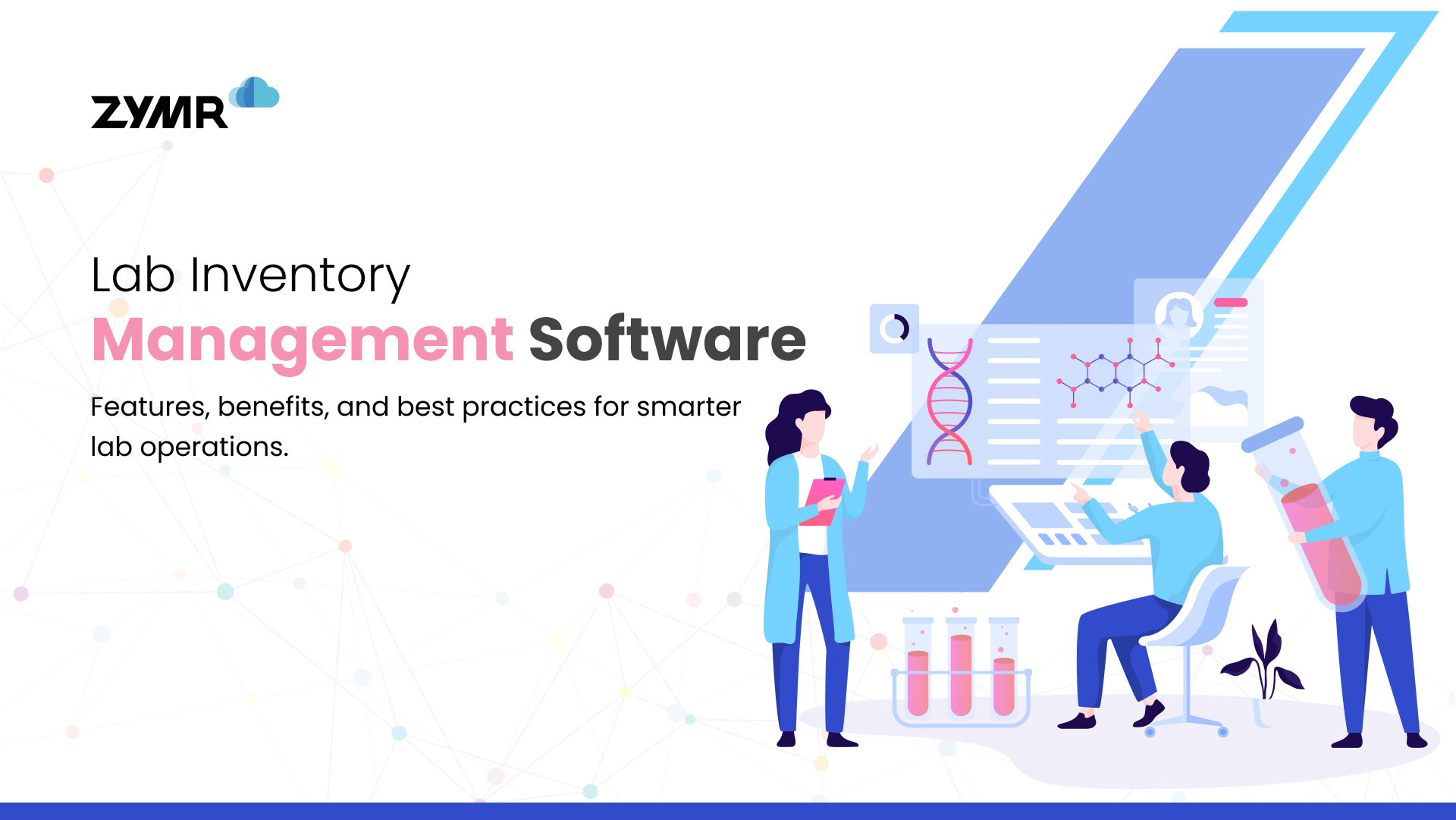Leveraging React Testing Library for Better Unit Testing and QE Automation

December 3, 2024
Software development services can achieve better QE automation with smart unit testing. By individually scrutinizing the smallest parts that qualify for test automation services, known as units, one can enhance application architecture, maintainability, and APIs. This approach leads to improved composability and developer experience, prioritizing quality before implementation details. Moreover, qa automation services for unit testing can reduce bug density significantly by 40%-80%. Ultimately, this provides a robust safety net, boosting confidence when adding new features or refactoring existing ones. In this blog we will discuss the React Testing library and see how it can effectively implement Unit testing processes for better QE.
Jest
Jest is a specialized JavaScript testing framework explicitly designed to guarantee the accuracy of JavaScript codebases. It provides an approachable, familiar, and feature-rich API that makes writing tests a seamless process. With Jest, you can expect quick test results, thanks to its efficient test execution capabilities. Acting as a versatile test runner, Jest offers a wide range of resources for both writing and running tests, empowering developers to create robust and reliable test suites.
Enzyme
Enzyme is a powerful JavaScript Testing Utility specifically designed for React applications. It provides a simplified way to assert, manipulate, and traverse the output of React components. Enzyme offers a custom renderer that allows for shallow rendering, which doesn't require a full DOM environment. This feature enables developers to focus on QA and software testing services specific components without the need for a complex setup. Moreover, Enzyme behaves differently from React's default renderer and provides additional unit testing capabilities, such as synchronous state updates, shallow rendering, and the ability to disable lifecycle methods. These capabilities make Enzyme a valuable tool for comprehensive and efficient unit testing in React.
React Testing Tools / Library
React Testing Tools / Library provides essential resources for testing React applications. Two key components of this library are react-dom/test-utils and react-test-renderer, which form the foundation upon which Enzyme and react-testing-library were built. While these APIs offer some functionality, they have limitations and often require writing boilerplate code or custom utility functions to achieve comprehensive testing. React officially promotes Enzyme and react-testing-library as superior alternatives, particularly for large applications. These libraries offer more advanced features, better testing capabilities, and improved developer experience, making them the preferred choices for robust and efficient testing in React.
react-testing-library
react-testing-library is a powerful tool that extends the functionality of DOM Testing Library with APIs specifically tailored for testing React components. When using react-testing-library, it requires a real DOM environment as it focuses on asserting the output of React components in tests, rather than accessing their internals. Although it doesn't provide built-in facilities for isolated unit tests, it is still possible to achieve isolation by leveraging mocking techniques, such as using jest.mock to mock modules that contain the components being tested. This allows developers to simulate specific scenarios and ensure the accuracy and reliability of their React component tests.
Comparison
When starting to write unit tests in React, the following two types of tools are essential:
Test Runner:
- Jest: A widely-used JavaScript test runner that offers resources for writing and running tests, as well as mocking APIs.
Testing Utilities:
- Enzyme and react-testing-library: Both are excellent libraries that provide comprehensive tools for testing React applications.
- Enzyme allows access to the internal workings of components, enabling state manipulation and child mocking for faster tests.
Remember to choose the appropriate tool based on the philosophy and requirements of your project.
QA Automation Services Enhancing Unit Testing
Unit testing is a critical software development process that ensures the proper operation of the smallest testable parts, known as units, in an application. By leveraging QA automation testing services, unit testing can be enhanced to achieve higher levels of efficiency and reliability.
React Testing Library vs. Enzyme
Enzyme, a popular testing utility, focuses on testing implementation details using rendered component instances. On the other hand, React Testing Library promotes testing the end result by querying and asserting actual DOM nodes. This approach encourages better testing practices and avoids excessive reliance on implementation-specific details.
The Lightweight Solution: React Testing Library
React Testing Library is a lightweight solution designed specifically for testing React components. Built on top of react-dom and react-dom/test-utils, it offers light utility functions that facilitate better testing practices. This library aligns with the philosophy of emphasizing the component output rather than accessing internal state, methods, lifecycle methods, or child components.
What Testing Library Is Not & What to Avoid
Testing Library is not a test runner and is not tied to a specific testing framework. It seamlessly integrates with various environments that offer DOM APIs, including Jest, Mocha + JSDOM, or actual web browsers. When using Testing Library, it is important to avoid accessing the internal state, methods, lifecycle methods, or child components of a component. Instead, focus on testing the output as users would interact with it.
Why You Should Use React Testing Library
The main objective of React Testing Library is to enhance the trustworthiness of your tests by emulating user interactions with your components. By testing components according to the visible output for users, rather than internal intricacies, you can create more resilient and manageable tests. In contrast to Enzyme, which promotes testing implementation specifics, React Testing Library prevents tests from becoming overly dependent on component internals. This eliminates the requirement for extensive test modification when making changes or refactoring components, resulting in enhanced development speed and productiv
To enhance the quality and efficiency of your unit tests, it is beneficial to utilize QA services like React Testing Library. By doing so, you can elevate the overall reliability and resilience of your software.
How to write Unit test cases in React Testing Library
You can seamlessly start leveraging Create React App to achieve support for React Testing Library. In case the project is not created you can add it via npm like so:
npm install --save-dev @testing-library/react
This library promotes the idea of enhancing application accessibility and enables tests to closely simulate user interactions with components. As a result, the tests gain higher reliability in predicting the application's performance when used by actual users.
Primary guiding principle: The more your tests resemble the way your software is used, the more confidence they can give you.
Import
// import dependencies
import React from 'react'
import {rest} from 'msw'
import {setupServer} from 'msw/node'
// import react-testing methods
import {render, fireEvent, screen} from '@testing-library/react'
// Add custom jest matches from jest-dom
import '@testing-library/jest-dom'
//The component to test
import Options from './Options';
Mock with mock service worker
// declare which API requests to mock
const server = setupServer(
// capture "GET /greeting" requests
rest.get('/greeting', (req, res, ctx) => {
return res(ctx.json({greeting: 'hello there'}))
}),)
// Establish API mocking before all tests
beforeAll(() => server.listen())
//after Each tests
afterEach(() => server.resetHandlers())
// clean up
afterAll(() => server.close())
test('handles server error', async () => {
server.use(
rest.get('/greeting', (req, res, ctx) => {
return res(ctx.status(500))
}), )});
Arrange, Act &Assert
Arrange
//rendering a React element
render(<Fetch url="/greeting" />)
Act
fireEvent.click(screen.getByText('Load Greeting'))
await screen.findByRole('heading')
Assert
expect(screen.getByRole('alert')).toHaveTextContent('Oops, failed to fetch!')
expect(screen.getByRole('button')).toBeDisabled()
Act() & userEvent vs fireEvent
In the realm of React testing react-dom/test-utils introduces a helper called act(). his essential function ensures that all updates pertaining to these "units" are duly processed and reflected in the DOM before proceeding with any assertions.By doing so, it enables tests to closely emulate the user experience when interacting with the application.
To ensure comprehensive testing, one can leverage the waitFor function—a React testing library API. waitFor facilitates waiting for the completion of component updates before executing the wrapped assertions within a defined timeout window. This approach helps to validate the behavior of the components more accurately, mimicking real-world user interactions.
As opposed to FireEvent, userEvent is capable of simulating entire interactions and is not restricted to only single events, unlike FireEvent. Can find object events inside the userEvent such as click(), type(), hover(), clear()...
Should always try to use userEvent over fireEvent whenever we are able to, except in very specific situations where it's impossible to check correctly with events.
fireEvent is wrapped inside the act function and this is useful when the user does some action and this action will cause component updates and re-render. on the controversy, if we used userEvent probably will notice the "not wrapped in act(...)" warning error that appears in the console.
Conclusion
By leveraging React Testing Library for better unit testing, qa automation services companies can achieve higher levels of quality, reliability, and efficiency in their software development processes. The focus on the end result and user interactions lead to more robust and maintainable tests, ultimately resulting in improved software quality and user satisfaction. For better QA automation services it is crucial that unit testing plays its part efficiently, ensuring the proper operation of the smallest testable parts in an application. React Testing Library is a lightweight and powerful solution for testing React components. It encourages better practices for test automation services by focusing on the end result, querying and making assertions about actual DOM nodes.
FAQs
>
>
>
>
>
Have a specific concern bothering you?
Try our complimentary 2-week POV engagement
Our Latest Blogs

December 30, 2025
The Ultimate Guide to EHR-CRM Integration: Benefits, Use Cases & Best Practices


December 29, 2025





.svg)
.svg)
.svg)
.svg)
.svg)
.svg)
